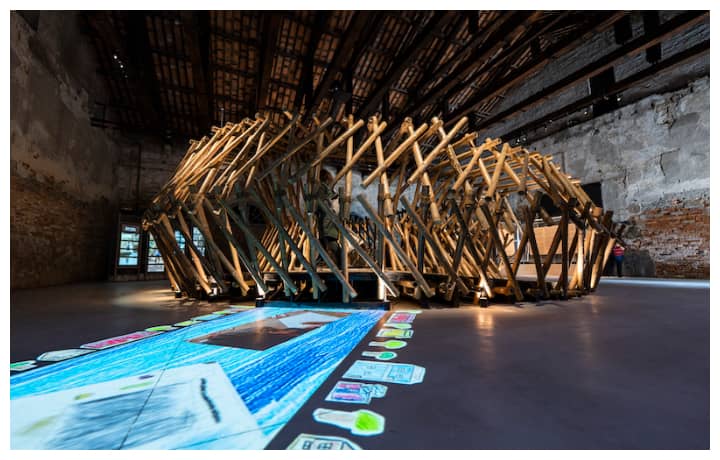
.jpg)
.jpg)
(1).jpg)
 .jpg)
.jpg)
(1).jpg)
.jpg)
.jpg.jpg)
.jpg)
(1).jpg)
(2).jpg)
.jpg)
.jpg)
.jpg)
(1).jpg)
(2).jpg)
(3).jpg)
.jpg.jpg)
.jpg)
.jpg)
.jpg)
(1).jpg)
.jpg)
 .jpg)
.jpg)
.jpg)
Philippine Pavilion 18th Venice Architecture BiennaleAndrea D’Altoe
Philippine Pavilion 18th Venice Architecture BiennaleAndrea D’Altoe
Philippine Pavilion 18th Venice Architecture BiennaleAndrea D’Altoe
Philippine Pavilion 18th Venice Architecture BiennaleAndrea D’Altoe
Philippine Pavilion 18th Venice Architecture BiennaleAndrea D’Altoe
Philippine Pavilion 18th Venice Architecture BiennaleAndrea D’Altoe
Philippine Pavilion 18th Venice Architecture BiennaleAndrea D’Altoe
Philippine Pavilion 18th Venice Architecture BiennaleAndrea D’Altoe
Philippine Pavilion 18th Venice Architecture BiennaleAndrea D’Altoe
Philippine Pavilion 18th Venice Architecture BiennaleAndrea D’Altoe
Philippine Pavilion 18th Venice Architecture BiennaleAndrea D’Altoe
Philippine Pavilion 18th Venice Architecture BiennaleAndrea D’Altoe
Philippine Pavilion 18th Venice Architecture BiennaleAndrea D’Altoe
Philippine Pavilion 18th Venice Architecture BiennaleAndrea D’Altoe
Philippine Pavilion 18th Venice Architecture BiennaleAndrea D’Altoe
Philippine Pavilion 18th Venice Architecture BiennaleAndrea D’Altoe
Philippine Pavilion 18th Venice Architecture BiennaleAndrea D’Altoe
Philippine Pavilion 18th Venice Architecture BiennaleAndrea D’Altoe
Philippine Pavilion 18th Venice Architecture BiennaleAndrea D’Altoe
Philippine Pavilion 18th Venice Architecture BiennaleAndrea D’Altoe
Philippine Pavilion 18th Venice Architecture BiennaleAndrea D’Altoe
Philippine Pavilion 18th Venice Architecture BiennaleAndrea D’Altoe
Philippine Pavilion 18th Venice Architecture BiennaleAndrea D’Altoe
Philippine Pavilion 18th Venice Architecture BiennaleAndrea D’Altoe
Philippine Pavilion 18th Venice Architecture BiennaleAndrea D’Altoe
Philippine Pavilion 18th Venice Architecture BiennaleAndrea D’Altoe




.png)
 has been physically segmented in various portions through the use of steel, mesh and framing. different barangays would assign cleaners to each segment. (photo by michael angelo reyes, matthew jonathan gan, and bien victor alvarez).png)
(3).jpg)
.png)